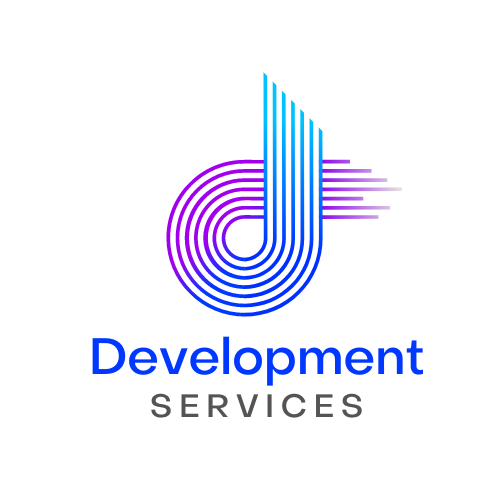Introduction:
The modern office has undergone a remarkable transformation in recent years, reflecting the changing dynamics of the workforce and the evolving nature of work itself. No longer confined to conventional cubicles and rigid hierarchies, today’s office spaces are dynamic, collaborative hubs designed to foster creativity, innovation, and employee well-being. In this article, we explore the key trends shaping the future 부산 서면 건마 of office design and delve into the factors driving these changes.
- Flexible Workspaces:
One of the most significant shifts in office design is the emphasis on flexible workspaces. The traditional 9-to-5 work model is gradually giving way to more flexible schedules and remote work options. As a result, offices are incorporating versatile layouts that accommodate various work styles. Open floor plans, hot-desking arrangements, and dedicated collaboration zones are becoming commonplace, allowing employees to choose the most suitable environment for their tasks.
- Technology Integration:
Advancements in technology have profoundly influenced office design. Smart offices leverage IoT (Internet of Things) devices to enhance efficiency and employee experience. Automated lighting, temperature control, and smart meeting rooms are just a few examples of how technology is seamlessly integrated into modern office spaces. Additionally, virtual collaboration tools facilitate communication among remote and in-office teams, fostering a connected work environment.
- Wellness and Employee Well-being:
Recognizing the importance of employee well-being, contemporary offices prioritize creating environments that support physical and mental health. Ergonomic furniture, access to natural light, and green spaces contribute to a healthier work atmosphere. Some offices even feature wellness rooms, where employees can take a break, practice mindfulness, or engage in physical activities. These initiatives not only enhance job satisfaction but also contribute to increased productivity.
- Inclusive Design:
Diversity and inclusion have become focal points in today’s workplaces. Office designs are increasingly reflective of a commitment to inclusivity, featuring spaces that accommodate employees with diverse needs. This includes accessible facilities, gender-neutral restrooms, and lactation rooms. Inclusive design not only supports diversity but also contributes to a positive company culture.
- Collaboration and Social Spaces:
The emphasis on collaboration has led to the creation of dedicated spaces for team interactions and brainstorming sessions. Modern offices often include open lounges, huddle rooms, and communal areas where employees can collaborate in a relaxed setting. These spaces encourage spontaneous discussions and creative exchanges, fostering a sense of community among team members.
- Environmental Sustainability:
With a growing awareness of environmental issues, many companies are incorporating sustainable practices into their office designs. Energy-efficient lighting, eco-friendly materials, and waste reduction initiatives are integral to creating environmentally responsible workplaces. Green certifications, such as LEED (Leadership in Energy and Environmental Design), are increasingly sought after as businesses strive to align their operations with eco-friendly principles.
Conclusion:
The evolution of office spaces reflects the ever-changing landscape of work and the priorities of today’s workforce. From flexible layouts and technology integration to a focus on employee well-being and sustainability, modern offices are designed to adapt to the diverse needs of employees and promote a positive, collaborative work culture. As we continue to embrace new ways of working, the office of the future will undoubtedly be a dynamic and inspiring space that fosters innovation and supports the success of both individuals and organizations.
